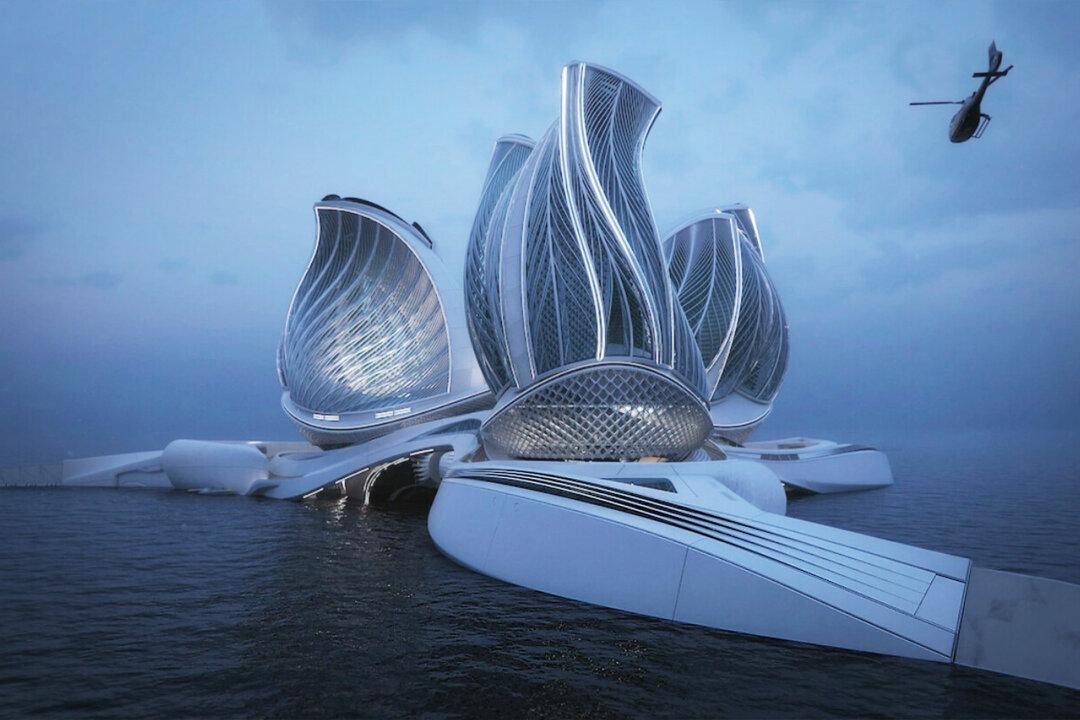A Slovakian designer has been named the winner of the 2020 Grand Prix Award for her ingenious floating research station. Not only does the station have a sleek, beautiful design, but it also has the ability to clean the ocean’s waters.
Lenka Petráková tackled a huge issue with her design concept: she decided to create a structure with the potential to reduce ocean pollution while educating visitors.






